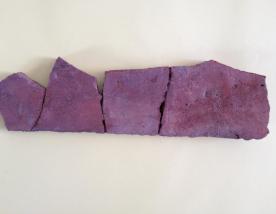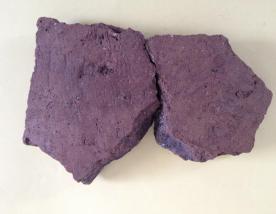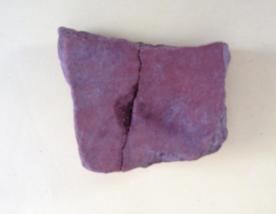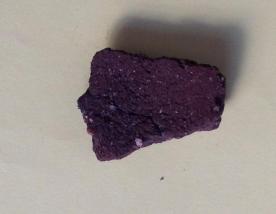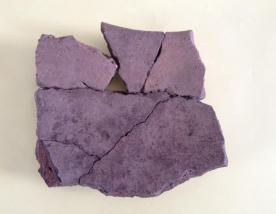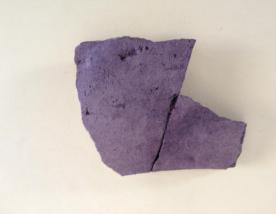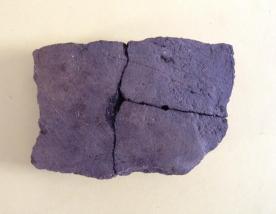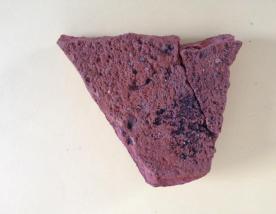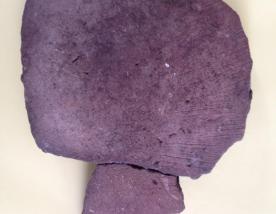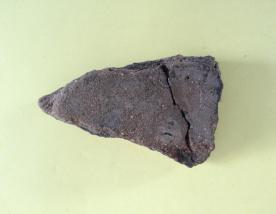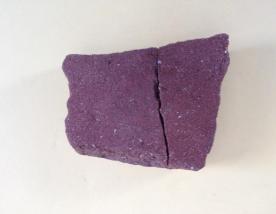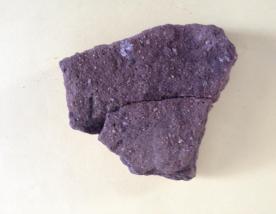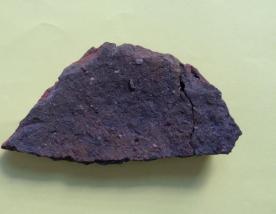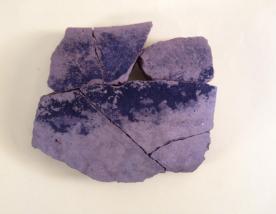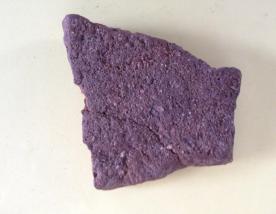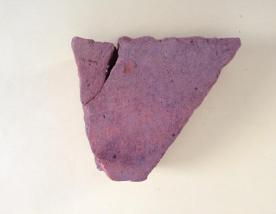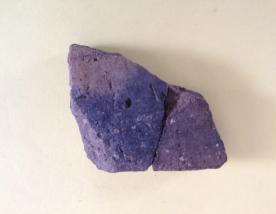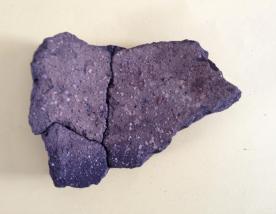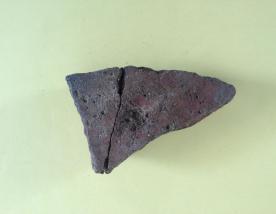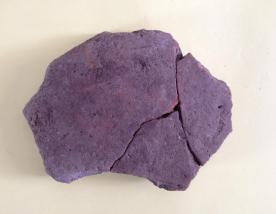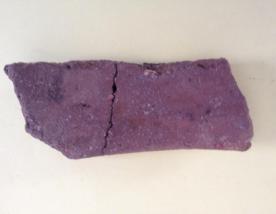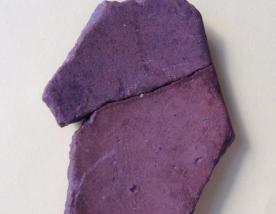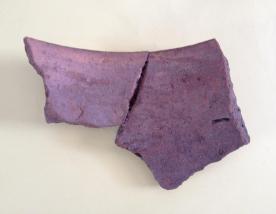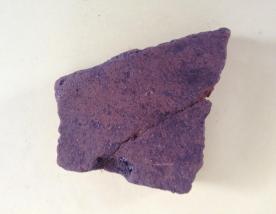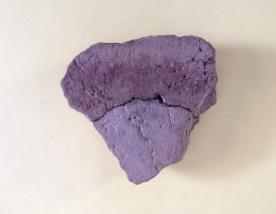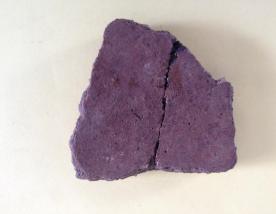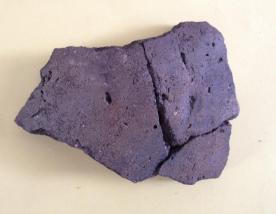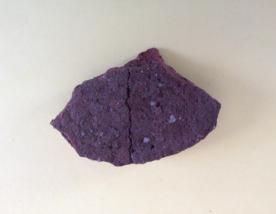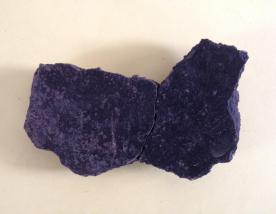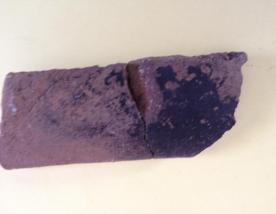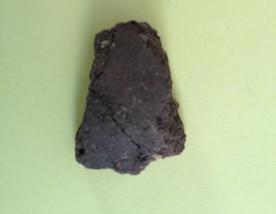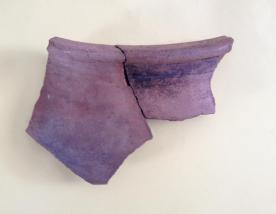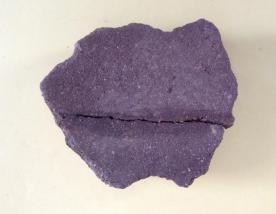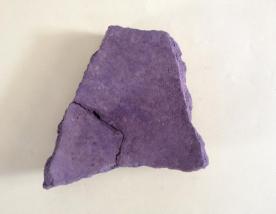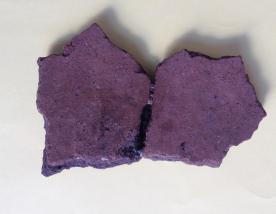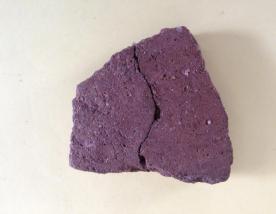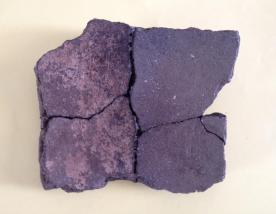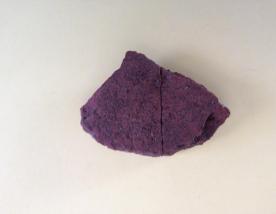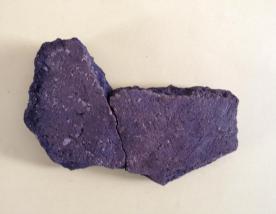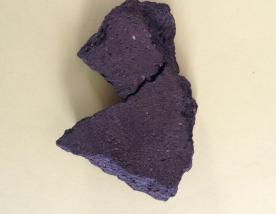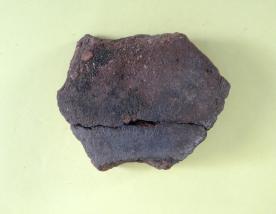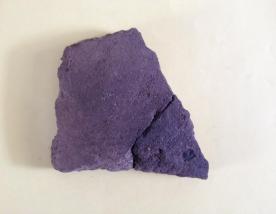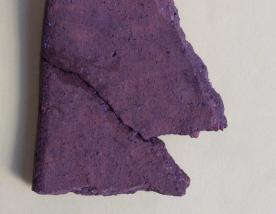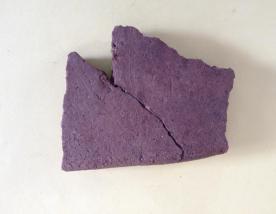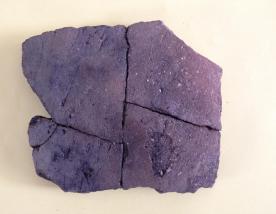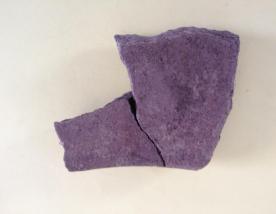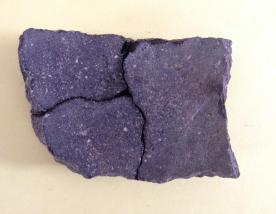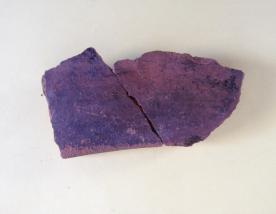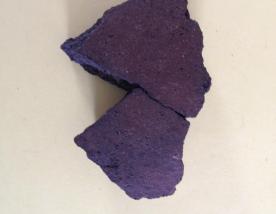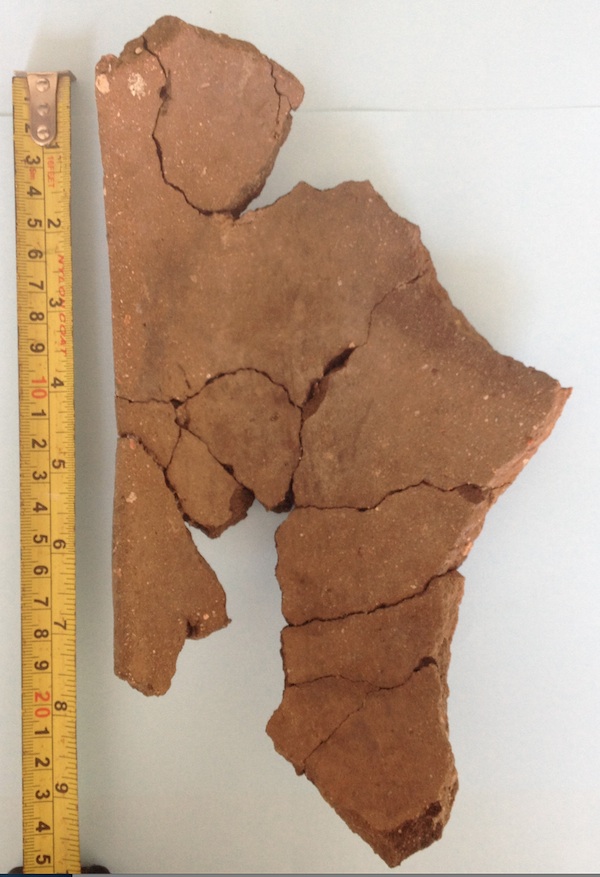
Cacaria consist of a recollection and selection of ceramic shards found in a particular area of the Imburana Project site. Its name is a reference to Serra da Cacaria, an independent relief of Serra do Arapuá.
"There in Serra da Cacaria, named Serra da Cacaria after the Indians were placed from there to run, they took everything, that was pipe, pot, pot, these things of clay there, they broke everything, left there only the cacaria (a lot of shards), There they called Serra da Cacaria ". (Version of the Pankará Indians)
With an altitude of approximately 900 meters, the Serra do Arapuá had, in 2005, 47 centers of inhabitants called by the indigenous "villages", among them the Serra da Cacaria, which is geographically distinct from the others because it is an independent relief. The villages are inhabited by Pankara Indians and as well by non-Indian small farmers and by some medium-sized farmers belonging to the local elite.
According to the literature, the region is also characterized by the former presence of slave labor, as in the farms of the Água Branca and Água Grande. Blacks were brought to the region to work as slaves on the farms of Pajeú and São Francisco.
Another feature of Serra do Arapuá is the presence of an archaeological site, where fragments of pottery and stone artifacts are found. There are ceramic pipes and lithic material. Serra da Cacaria is the area with the highest concentration of this material.
11/20/2016, during a visit to the Museu Paraense Emílio Goeldi I had contact with the glued pieces of Carajás ceramics with the following information:
"The ceramics found in Carajás are similar in many respects to the artifacts still made today by Tupi groups. Their own style is seen in the canisters made with overlapping clay rollers that, when join together, preserve on the surface the marks of the fingers and nails. Another characteristic is the decoration with geometric drawings with angular geometric drawings or patterns in curves forming mazes. "
In Carajás, these drawings appear to have been engraved with clay still wet, in other Tupi ceramics, the drawings are painted before or after the burning of the vessel.
The ceramics were manufactured according to the technique of roasting, in which clay rollers were superposed, smoothed and decorated. After drying, the pottery was burned in campfires. "
Source: explanatory panels of the Museu Paraense Emílio Goeldi
"A small urn inside a larger one". The Cacaria Project is a project within the Imburana Project.
From September 4-6, 2016, during the 4th expedition to the Imburana Project, I discovered and collected a number of pieces on the ground in an attempt to follow some clues about the manufacture of this community, since there is no piece of pottery at the Carnaubeira fair. The vacuum of information made me believed that it might have been a site of rituals. But when you try to find out, there is a vehement denial that there is no such thing in those bands, just as my father always said "let's end this Indian story here at home." But denial is part of the erasure or perhaps is an attitude of cultural resistance. Since then, I decided that I would search alone with my little bits and pieces.
Arriving at Recife, after having cleaned the bits and sorted out them by criteria of color, texture and thickness, I was able to glue fragments that resulted in the "Venus Cacaria". The venus that generates the whole process of this project.
If the desire to work the idea of cacaria already existed however the intuitive archaeological approach was reinforced from the histories induced by he archaeological findings of Carajás.
In the material collected we have the possibility of pot, pots, and this 'thing of clay': the venus cacaria muse of all this project in progress.
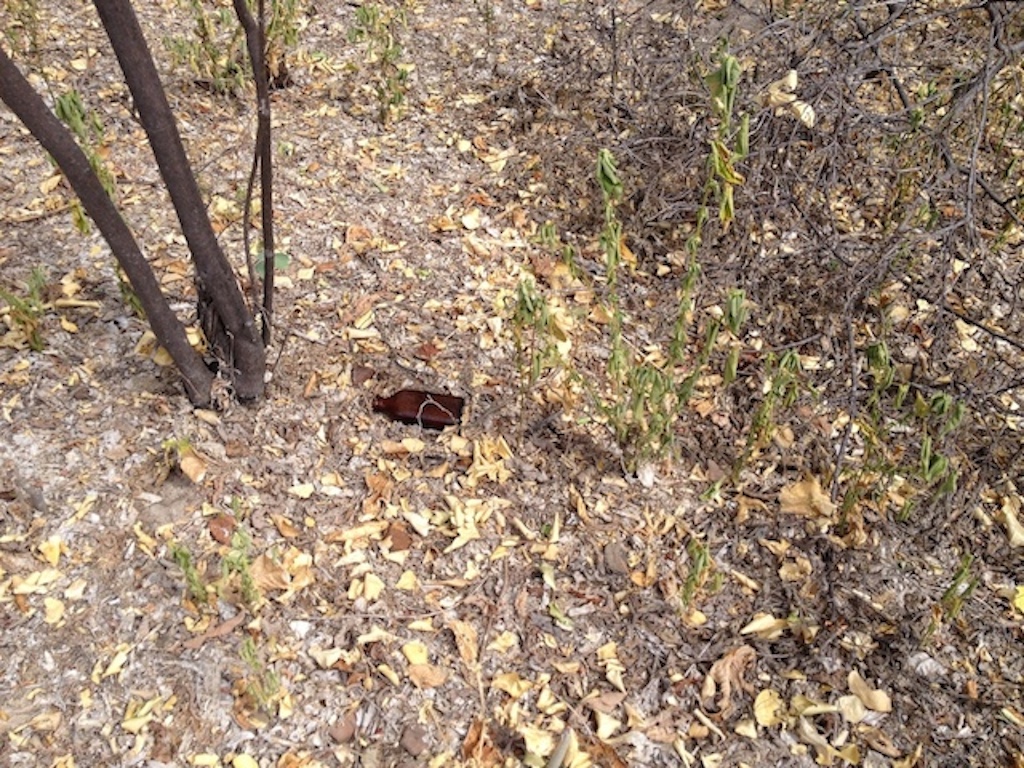
Research Execution
Step 1: Travel to the place and collect all possible shards on the ground.
Step 2: Carefully clean the shards of impurities and classify them by sight according to their texture, color, thickness, and other characteristics yet to be determined.
Step 3: Look for "other piece" that fits, and if found, glue them.
Step 4: Follow clues, textual or oral of this activity, and try to build a course of the process of making, the types of artifacts and their forms, that is, try to know the know-how of these potters. How these ceramics were made?
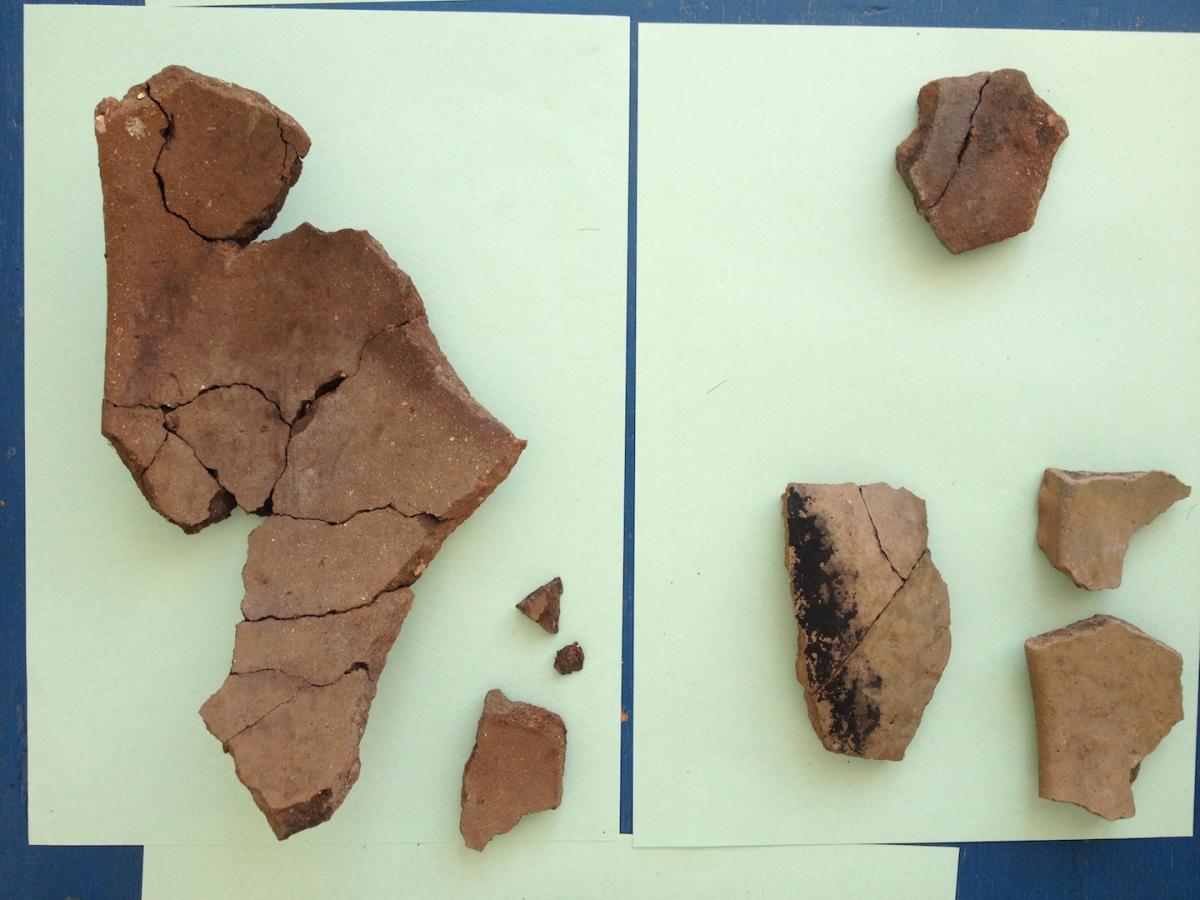
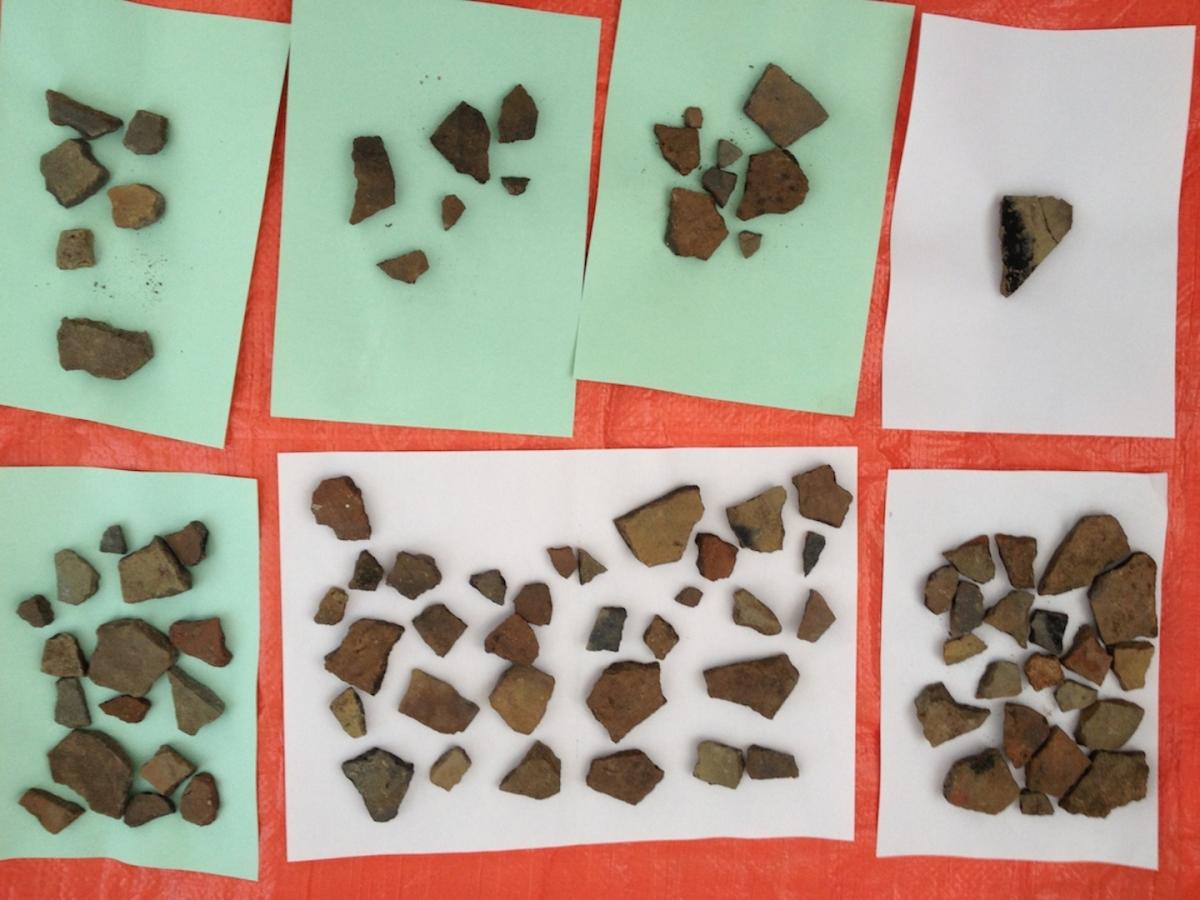
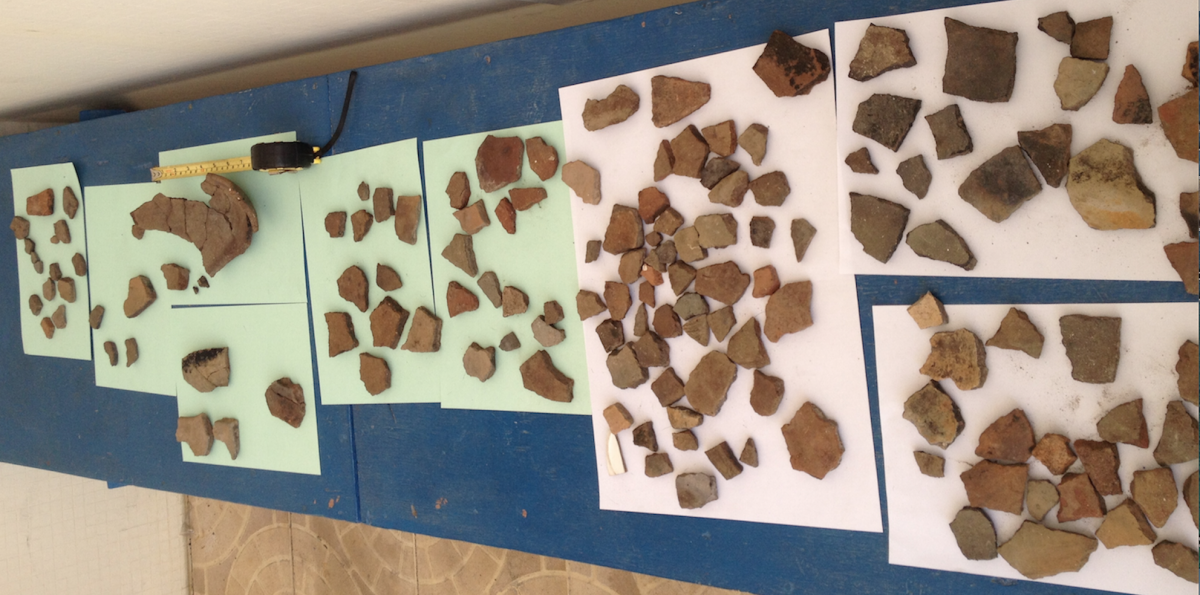
"A Line made by Walking" by Richard Long, 1967, is the historical background to this proposal. This Land-art work was done on one of the long trips from his home in Bristol to St. Martin. Long walked back and forth on a field in Wiltshire, until the flat grass absorbed sunlight and became visible as a line. He photographed this work, and recorded his physical interventions in the landscape. Although this work minimizes the artist's physical presence, it anticipates a great interest in the practice of performative art and contemporary practices that take place outside the institution.
The Cacaria Project therefore dialogues with the contemporary practices that Nicolas Bourriaud calls the form of an unfolding or "index of an itinerary". According to the author the path form can refer to one or several missing, physically distant, past or future elements. It may consist of an installation connected to later events or to other places; And can, on the contrary, reunify in the same space-time the burst coordinates of a course.
... and the (women) who are very old are careful to make earthen vessels with the hand ... in which dish they cook in a pit they make on the ground, and put the wood on top, and believe these Indians to cook this Another person who does not do it, who will burst into the fire.
Freire, Gilberto. Casa Grande e Senzala, p. 104, 28a ed. Record, Rio de Janeiro, 192, English translation The Master and The Slaves.

